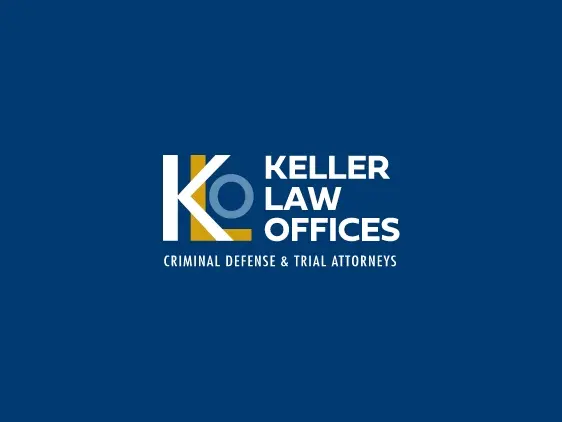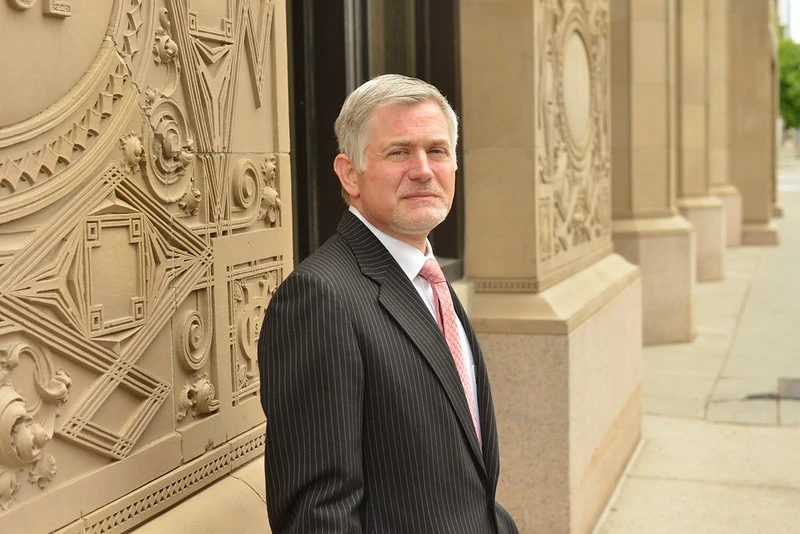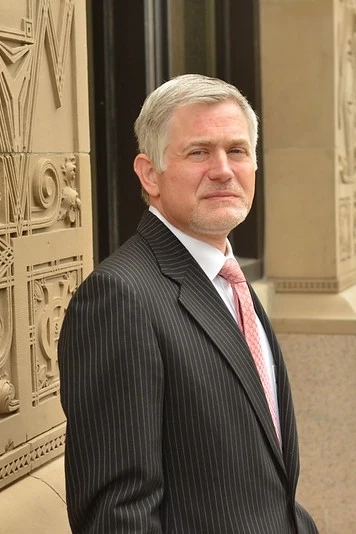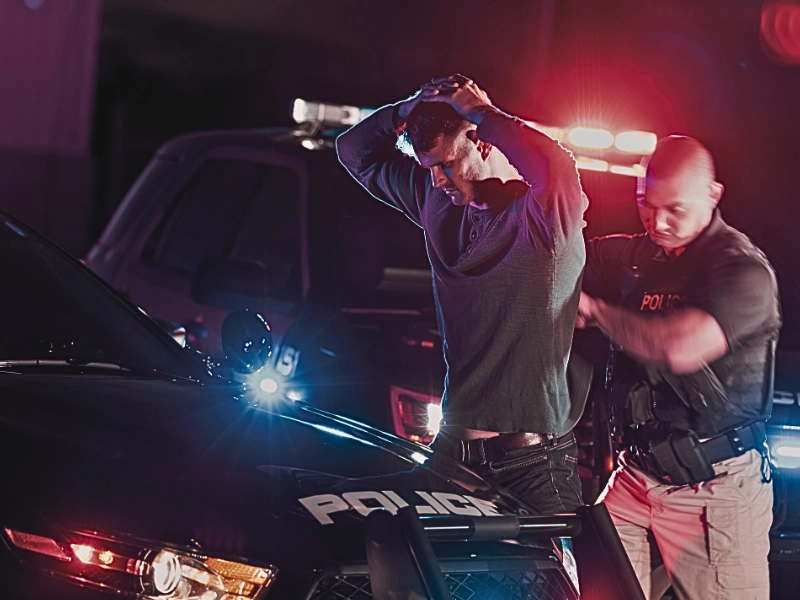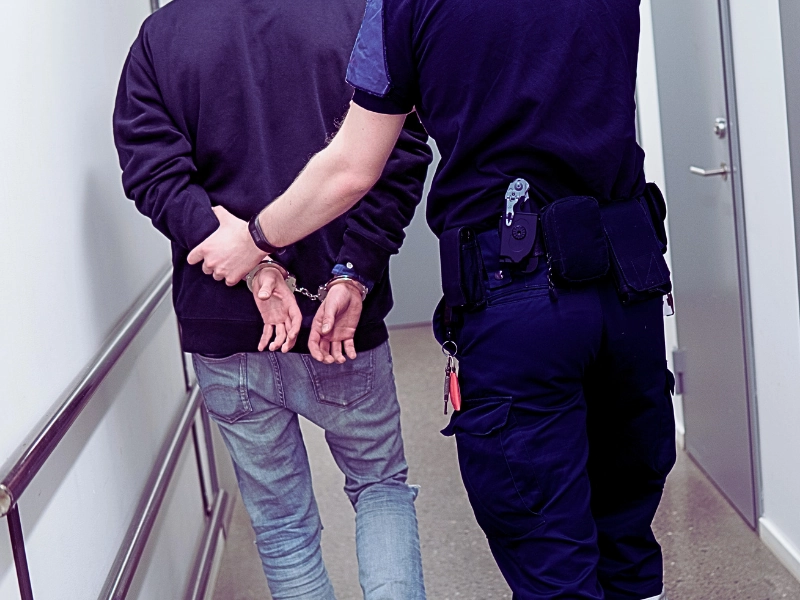In 2012, more than one-quarter of fatal traffic accidents in Minnesota were alcohol-related, according to the state’s Department of Public Safety. Mothers Against Drunk Driving rated the state poorly in terms of having countermeasures in place in order to reduce drunk driving, despite the fact that there were 5,000 fewer DUI arrests last year than the year before. The group suggests that the state should start utilizing checkpoints to nab intoxicated drivers.
Violating basic rights
The Fourth Amendment of the Constitution protects U.S. citizens from unreasonable searches and invasions of privacy. According to the Governors Highway Safety Administration, 12 states, including Minnesota, do not allow sobriety checkpoints, citing that they violate either the federal or state constitution. In essence, these states contend that checkpoints permit law enforcement to investigate drivers without any indication that there has been wrongdoing.
Under ordinary circumstances, law enforcement officers are not permitted to pull over vehicles without a good reason: speeding, driving erratically, failing to stop at a light or for equipment concerns like a missing taillight. However, a checkpoint permits officers to bypass this rule, raising concern that such a loophole could open the way to other types of searches without the need for cause or a warrant.
The U.S. Supreme Court ruled in a split decision regarding roadblocks in Michigan that the checkpoints are necessary to reduce drunk driving, even though they violate a basic constitutional right. As one dissenting justice pointed out, however, it is not prudent to limit individual rights for checkpoints that research shows may only have a small effect on overall traffic safety. Clearly, several states agree with the dissenting opinion that checkpoints are a violation of individual liberty.
Permitting the practice
In the many states that do permit checkpoints, law enforcement must abide by guidelines that the U.S. Supreme Court developed. Those guidelines mandate that the date and location of the checkpoint must be announced. Additionally, law enforcement must have a good reason for holding the checkpoint, such as an increase in drunk driving in a particular area. Lastly, there must be a set plan in place for determining which cars will be pulled over, such as every other car or every third car. Some states have developed exceptions to these guidelines, providing a more lax environment.

